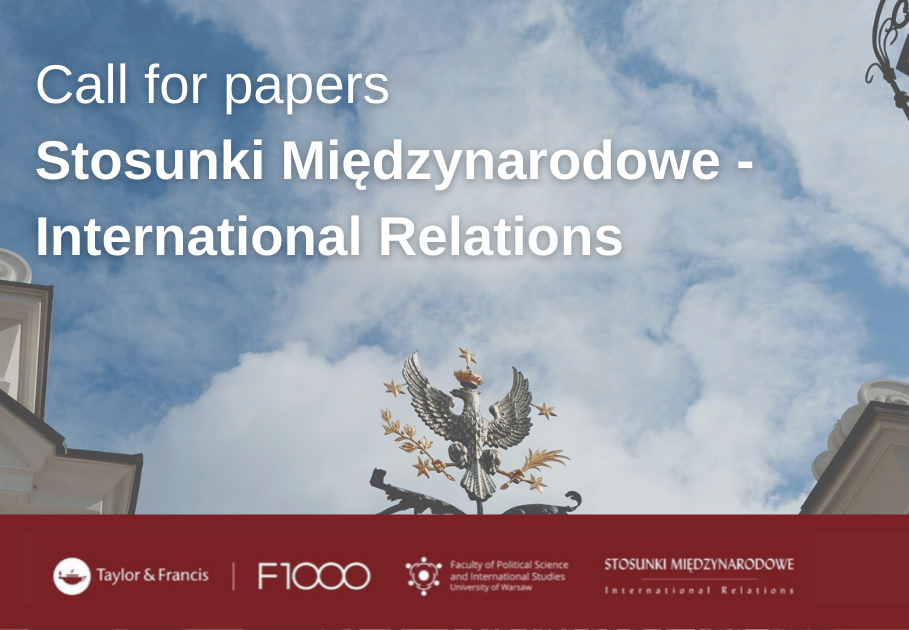About the Journal
Aims and scope
Editorial Board and Advisory Board
Ethics Policy
Privacy Policy (GDPR)
Contact
Current issue
Archive
For Authors
Call for Papers - New Publishing Platform of SM-IR
Guidelines for Authors
Formal requirements - structure of texts
Editorial requirements
Review procedure
Reviewing rules
Review process
Review procedure
Reviewing rules
Guidelines for Reviewers
Policies/Ethical Code
Contact
RESEARCH ARTICLE
The United States –
A Hegemony in the Asia-Pacific Region in 1985–2015
1
Uniwersytet Warszawski
Publication date: 2015-12-31
Stosunki Międzynarodowe – International Relations 2015;51(4):37-66
KEYWORDS
ABSTRACT
After the end of World War II the United States achieved a hegemonic position in
the international system, and despite a relative decrease in its power and the growth
in importance of other states it has kept this position until the present time. The
country is active in almost all the regions of the world, but the areas it considers
particularly important are the Transatlantic and the Transpacific (the Asia-Pacific
region) regions. Historically, the latter direction was the area through which the
United States entered into grand world politics. Presently, it is considered an area of
key importance to the country’s interests, for both security and economic reasons.
The aim of this article is to present the United States’ relations with the countries
of the Asia-Pacific and determine the US’s position in the region in terms of the last
three decades, that is a period of great changes and redefinitions in the international
arena. It has been assumed that in the period in question the United States played
the role of the dominant power in the Asia-pacific region, which the majority of
the region’s countries accepted (especially the smaller and weaker ones, fearing
the domination of a single strong actor from the same region) and owing to which
the United States have been able to effectively pursue its own interests.
Share
RELATED ARTICLE
We process personal data collected when visiting the website. The function of obtaining information about users and their behavior is carried out by voluntarily entered information in forms and saving cookies in end devices. Data, including cookies, are used to provide services, improve the user experience and to analyze the traffic in accordance with the Privacy policy. Data are also collected and processed by Google Analytics tool (more).
You can change cookies settings in your browser. Restricted use of cookies in the browser configuration may affect some functionalities of the website.
You can change cookies settings in your browser. Restricted use of cookies in the browser configuration may affect some functionalities of the website.



